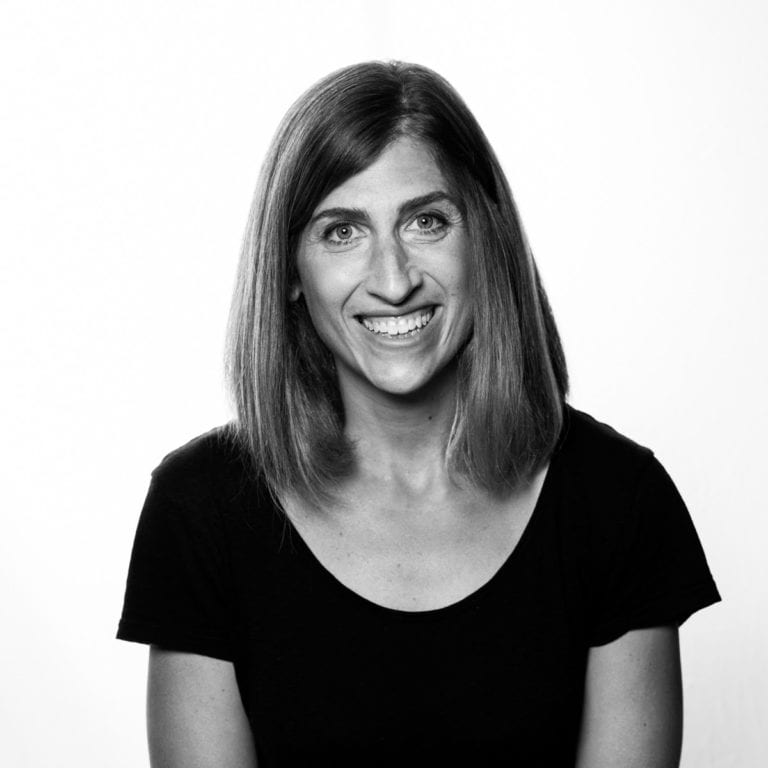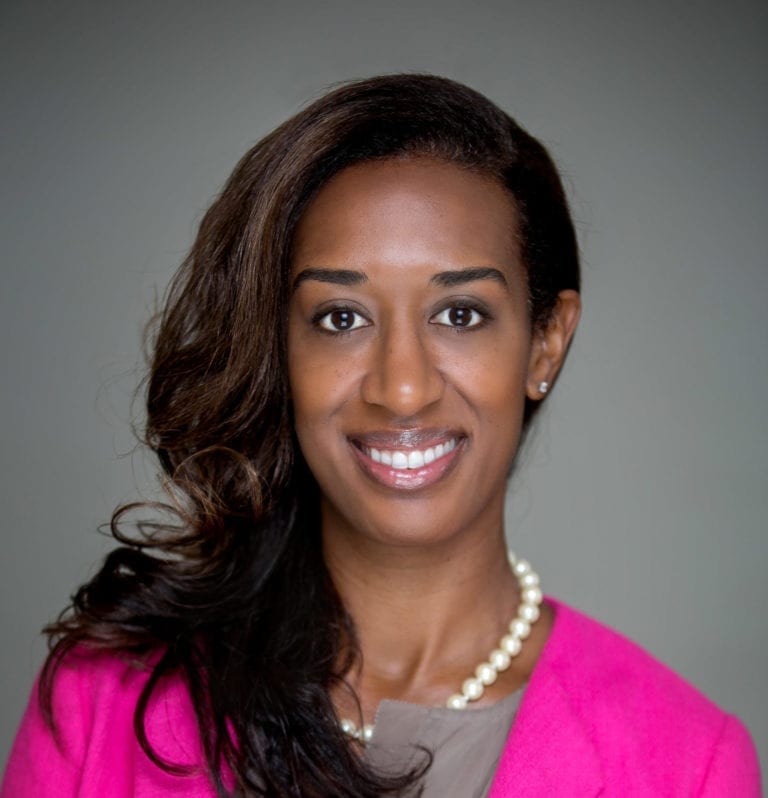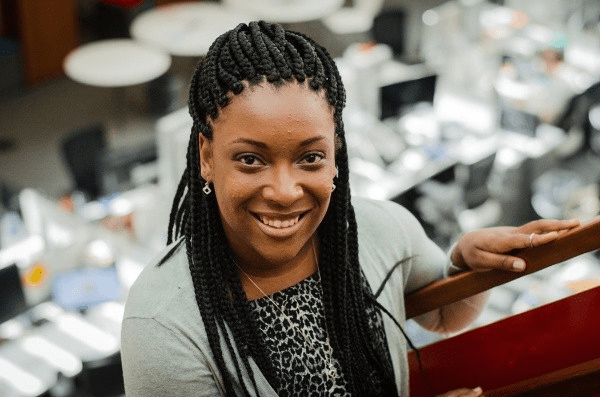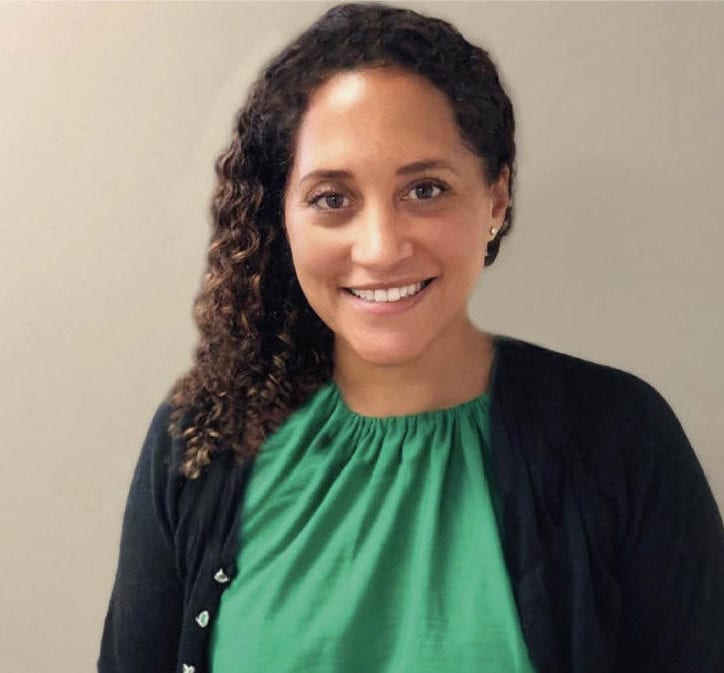Without a diverse group of voices in the newsroom, journalism can’t function the way it’s supposed to. It can’t be the essential, fair, impartial information source that it aspires to be. News outlets will miss important stories, and other stories, according to the veteran HuffPost and Wall Street Journal writer Emily Peck, will be mistold.
“We tell stories about what’s going on in the world. And the people telling the stories need to understand the people making the news,” Peck, a senior reporter covering business, economics and gender inequality, said at a recent virtual roundtable discussion on diversity, inclusion and equity (DEI), hosted by PAN Communications.
 “If you have one kind of person telling the stories, they’re not going to have the experiences, the empathy and the understanding to tell stories with the proper context. It’s really important that a diverse group of people tell these stories. Otherwise the stories get missed or mistold.”
“If you have one kind of person telling the stories, they’re not going to have the experiences, the empathy and the understanding to tell stories with the proper context. It’s really important that a diverse group of people tell these stories. Otherwise the stories get missed or mistold.”
Peck, who also co-hosts the Slate Money podcast, was one of four journalism representatives offering thoughts at PAN’s March 26 virtual webinar The Rise & Importance of DEI in the Newsroom. The panel was moderated by PAN Director Ashley Waters. Other media participants included Ali Jackson-Jolley, assistant managing editor at Forbes, who focuses on diversity, equity and inclusion; Ayanna Alexander, social justice reporter at Bloomberg Law; and Lahaja Furaha, director of diversity and inclusion at The Washington Post.
“If you have one kind of person telling the stories, they’re not going to have the experiences, the empathy and the understanding to tell stories with the proper context.”
The session centered around DEI’s presence in the newsroom—how far it has come, how it’s benefitting news organizations and how far it still needs to evolve in everyday society. These reporters discussed the need for more representation from more groups—people of color, women, the  LGBTQ community – and more ownership for DEI initiatives up, down and across organizations.
LGBTQ community – and more ownership for DEI initiatives up, down and across organizations.
As stories get mistold, the impact of misunderstandings and biases can reverberate for generations, The Washington Post’s Furaha said.
“Those stories, they penetrate our psyches. And they create our experiences with the world, which create our biases,” she said. “And biases, if they go unchecked, they lead to stereotypes. Stereotypes lead to discrimination. And that’s part of the whole systemic racism that continues to be perpetuated. So, it’s so important for that representation to be continued in the newsroom and in our stories.”
“As stories get mistold, the impact of misunderstandings and biases can reverberate for generations. Those stories, they penetrate our psyches. And they create our experiences with the world, which create our biases.”
Panelists all agreed that news organizations are working hard to become more diverse. Alexander, who interned at Bloomberg in 2017 and returned to work full time a year later, said she’s surprised at how quickly news organizations have changed the tone of their coverage in just a few years. She credited the change, in part, to people seeing 2020’s Black Lives Matter protests playing out on national television.
 “It was a national reckoning,” she said. “So, newsrooms started to also take accountability for the stories they’re telling.”
“It was a national reckoning,” she said. “So, newsrooms started to also take accountability for the stories they’re telling.”
Forbes’ Jackson-Jolley said her elevation to a senior editorial role focusing directly on DEI illustrates how journalism’s embrace of diversity isn’t a fad that will pass.
“I say to people ‘Pandora’s Box is open.’ You put us in this role, and we are going to make change. I believe that. I believe it’s happening now, and it’s not going back in the box,” Jackson-Jolley said.
“I say to people ‘Pandora’s Box is open.’ You put us in this role, and we are going to make change.”
Beyond increases in minority hiring, newsrooms are taking specific steps to reflect more points of view in stories themselves. Furaha said The Washington Post created a dozen new positions focusing on topics such as multi-cultural America and health disparities among specific groups. Peck described how HuffPost and other organizations ask reporters to track sources on Excel sheets to ensure they’re representing wider audiences. Forbes launched a newsroom-wide initiative called The State of Black Entrepreneurship, which focuses partly on Black business titans that should have been covered more fully.
 “Right now we’re not as diverse as we will be eventually,” Forbes’ Jolley-Jackson said, “but that doesn’t mean we’re not trying to cover these stories holistically.”
“Right now we’re not as diverse as we will be eventually,” Forbes’ Jolley-Jackson said, “but that doesn’t mean we’re not trying to cover these stories holistically.”
While she’s optimistic about the progress being made in journalism, Peck says many of the companies she covers talk a good game but don’t follow through.
“I’m quite skeptical that these kinds of changes will stick in other in industries. I just haven’t seen evidence of that,” she said. “You look at the biggest and most powerful companies, and leaders still basically look the same. The startup environment being what it is, it’s still basically the same with 5% of VCs are women, not even talking about whether they are women of color or not. It’s just very monolithic. I want to see what happened in media happen in all these other industries. Right now I’ve seen them making statements, I’ve seen them making a few hires, bringing someone in to head up diversity and inclusion efforts, but they don’t actually let that person do their job.”
“I want to see what happened in media happen in all these other industries. Right now I’ve seen them making statements, I’ve seen them making a few hires, bringing someone in to head up diversity and inclusion efforts, but they don’t actually let that person do their job.”
Bloomberg’s Alexander said this corporate reticence is forcing reporters like her to be “more intentional” – to ask tougher questions.
“I’m not going to gloss over fact you have just 2% of your staff as people of color,” she said. “I’m not going to shy away from it, like stories kind of did before. You can’t say, ‘We’re all about DEI’ and not have it be reflected in your stats.”
Forbes’ Jackson-Jolley said organizations in the media and other industries should push forward with DEI efforts – but also be transparent about the fact that it will take time to get where they want to be.
“My colleagues are very dedicated to creating more diversity,” she said. “But it’s such a layered topic. You’re not going to get it right every time. As long as you’re moving forward and trying to get it right, and maybe being a little empathic with each other if we don’t get it exactly right, as newsrooms we can move this forward.”
Listen in to the full conversation below to learn more about what these leading reporters had to say.
This article originally appeared on the PAN Communications blog; reprinted with permission.








